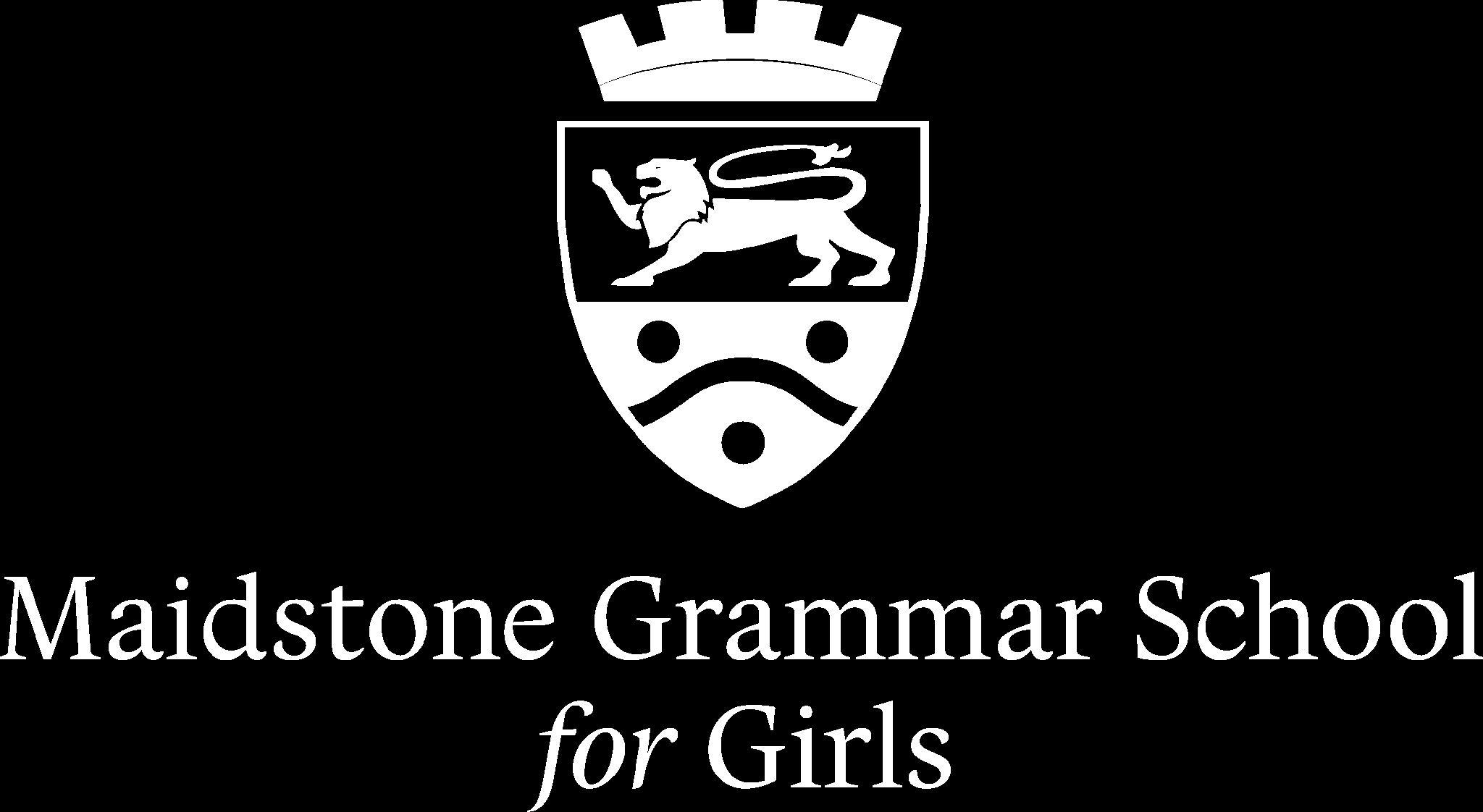Art Movement Allocations






























Art Nouveau was a movement popular in the early 1900’s which features natural forms, particularly flowers and curved lines. We are looking for designs which embrace these features in new and interesting ways.
Art Nouveau was aimed at modernizing design, seeking to escape the traditional, historical styles that had previously been popular. Artists drew inspiration from both organic and geometric forms, evolving elegant designs that united flowing, natural forms resembling the stems and blossoms of plants.




DADAISM was developed in reaction to WW1 and was created by artists who rejected the logic, reason and aestheticism of modern capitalist society, instead expressing nonsense and anti-bourgeois protest through their work.

Techniques used in the Dada art movement include assemblage, collage, photo montage, incorporating newspaper clippings for example. They also create nonsensical poetry using the ‘cut-up’ technique.



 Molly
Cassley
Poppy
Crouch
Molly
Cassley
Poppy
Crouch


In the 1910’s, Russia developed a style of art which focussed on using artwork for social purposes. It features bold, geometric shapes and primary colours, particularly red. We are looking for designs which use these formal elements creatively.

Abstract and sharp, constructivist art aimed to reflect modern industrial society and urban space. The movement rejected decorative stylization in favor of the collage of abstract materials. Constructivists were in favour of art for propaganda and social purposes.






Art Deco combined modern styles (of the time) with fine craftsmanship and rich materials, and in its heyday, it represented luxury, glamour, exuberance and faith in social and technological progress. It often includes hues of gold and black and is associated with 1920’s flappers and Jazz.



Short for ‘Optical Art’, Op Art deals in optical illusions. Usually in black and white, they give the viewer the impression of movement, hidden images, flashing and vibrating patterns or of swelling or warping. We are looking for designs which incorporate the usual patterns in a unique way.



Op art was a major development of painting in the 1960s that used geometric forms to create optical effects



Street art is related to graffiti art in that it is created in public locations and is usually unsanctioned, but it covers a wider range of media and is more connected with graphic design. We are looking for art which uses the bold lettering and bright colours used in graffiti.

Street art is unofficial and independent visual art created in public locations for public visibility. Street art is associated with the terms "independent art", "post-graffiti", "neo-graffiti", and guerrilla art.






